How To Choose The Right Type Of Wallpaper
How To Wallpaper
How To Hang Wallpaper
How To Prepare Your Walls For Wallpaper
What You Need To Do Before Installing Wallpaper
Your First Steps
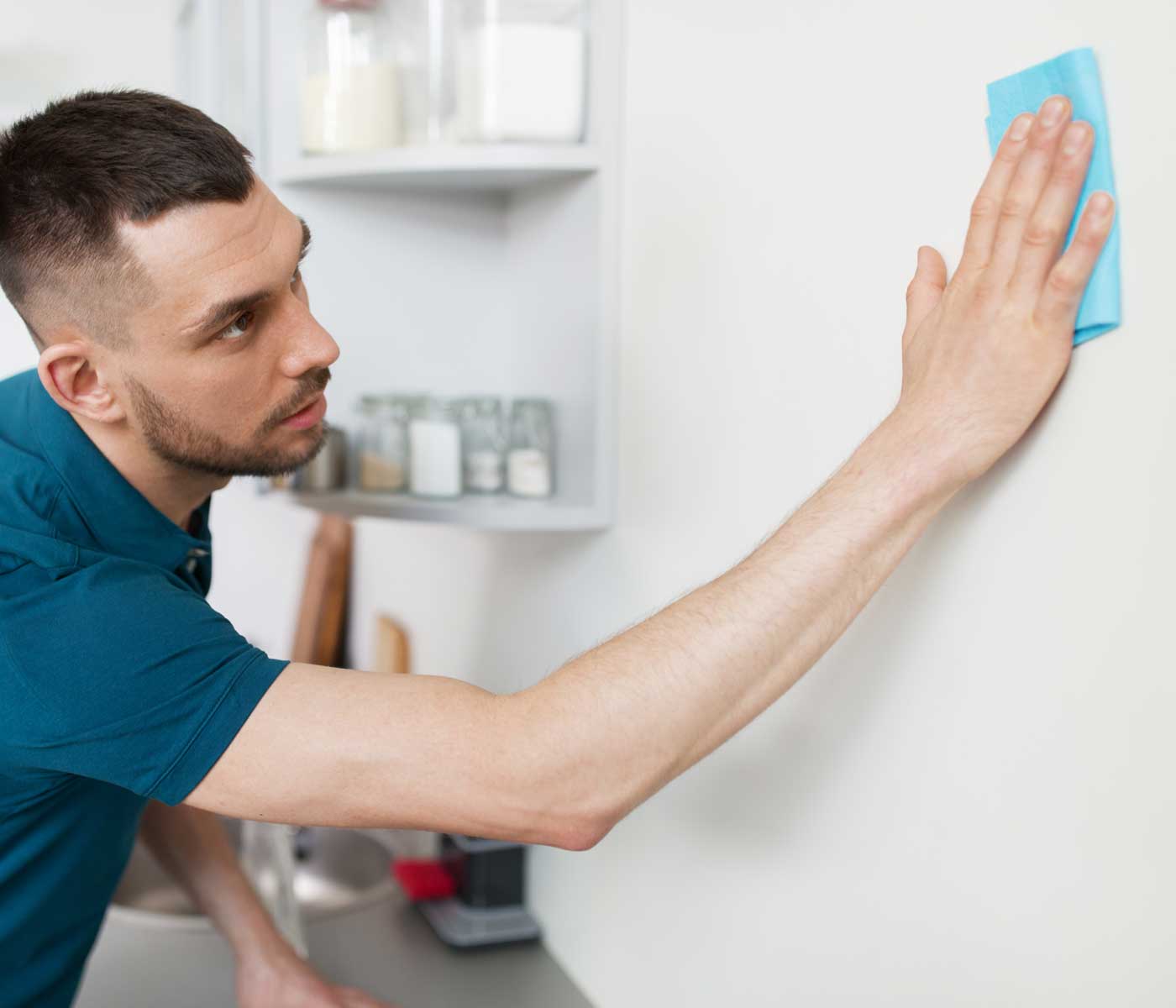
Every great journey begins with one small step. And when it comes to hanging wallpaper, the first step is one of the most important. Wallpaper can't cling to greasy, dirty walls, old wallpaper or paint. That's why we can't emphasize enough how critical it is to have your walls properly prepared.
Sizing Things Up
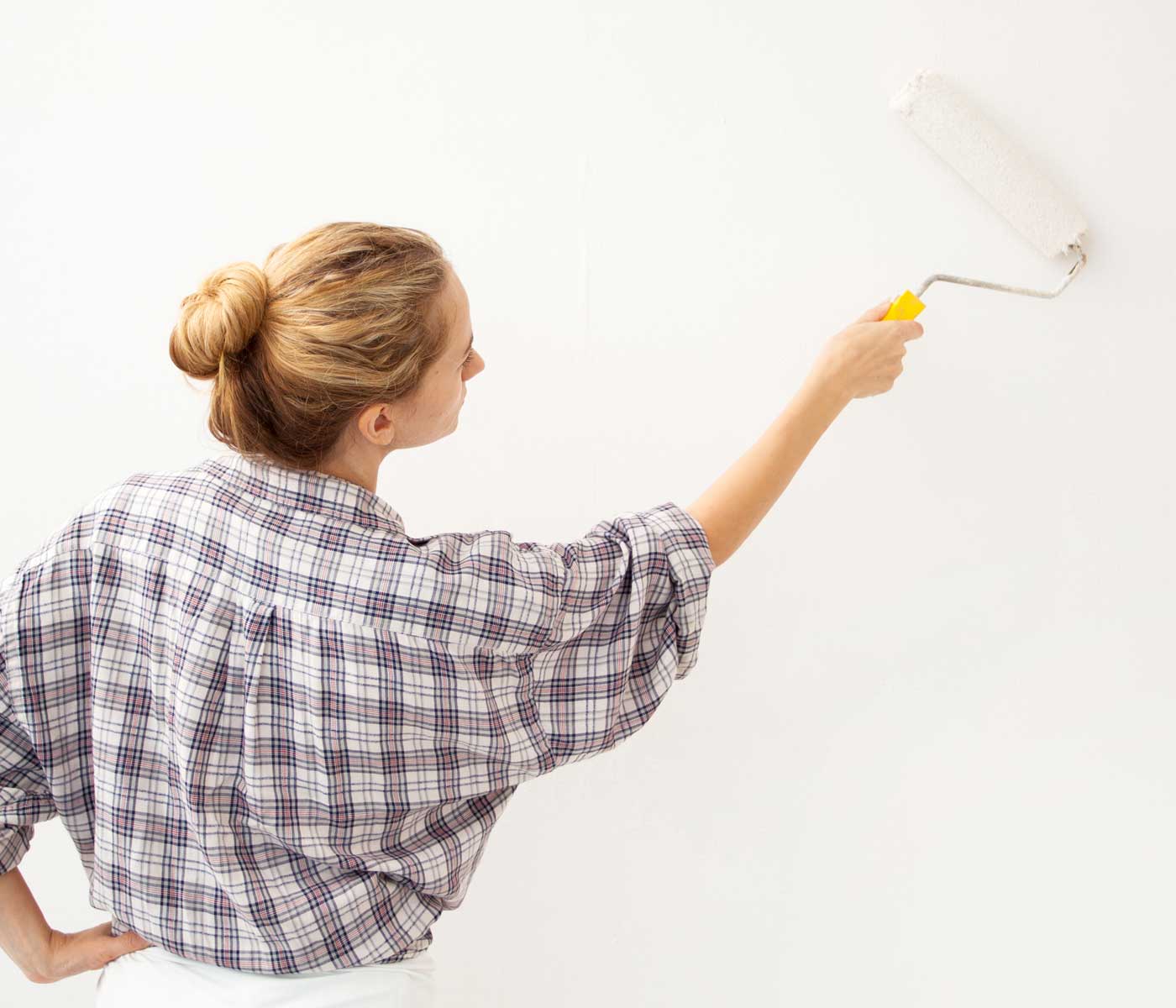
One-step primer/sealers have all but eliminated the need for wall sizing. A coat of acrylic primer provides a new, even surface on the wall which makes it easier to slide wallcoverings into position. It also prevents the wall itself from absorbing moisture, which protects against future damage. Alkyd (oil) primers are equally, if not more, effective. However, an acrylic primer or regular sizing should also be used over the alkyd primer to provide adequate slippage.
Something Old
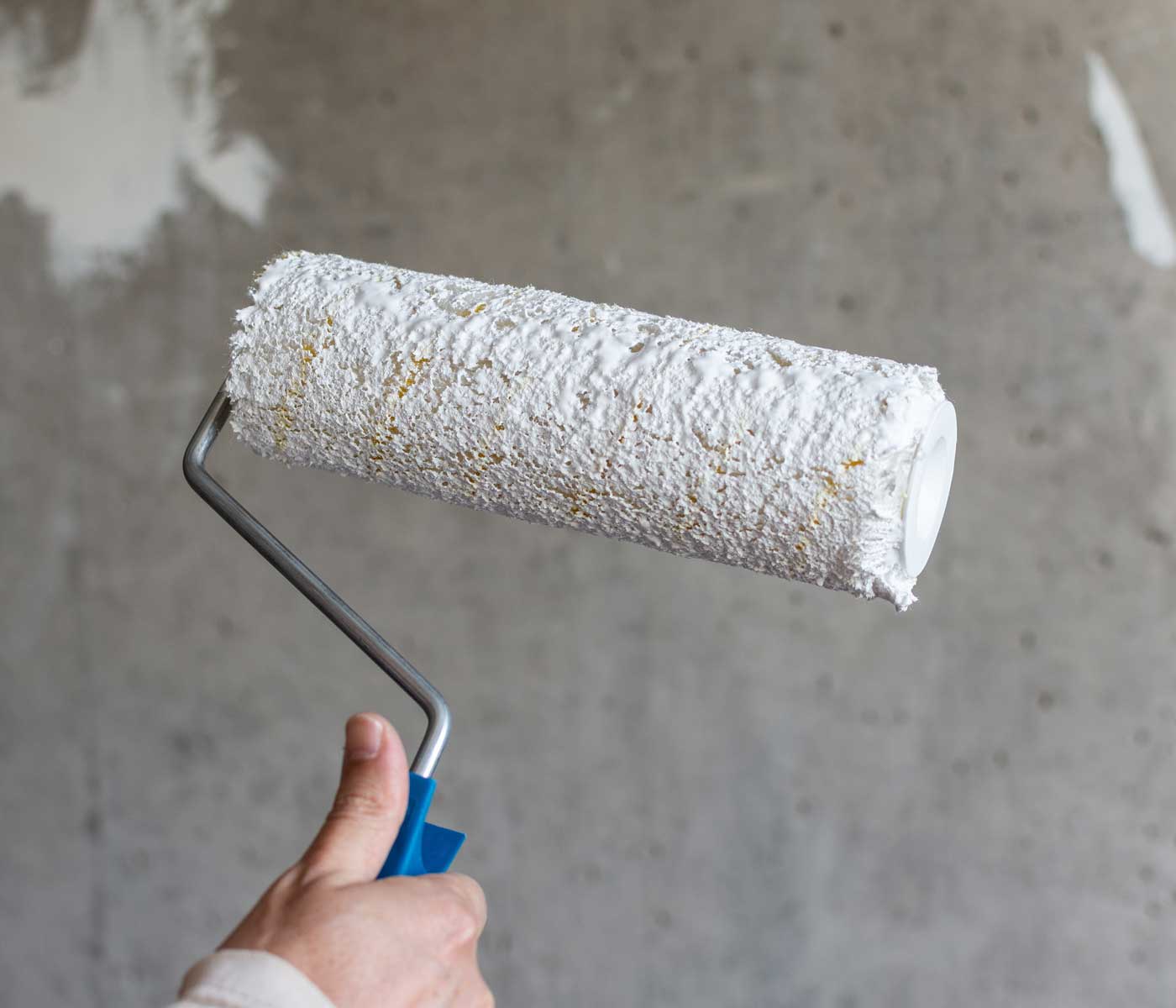
Existing walls need special attention. Paint can create problems based upon its original quality or how long it has been on the wall. If it's old, paint can become unstable and should be sealed with primer/sealer to insure a successful wallcovering installation.
Filling The Holes
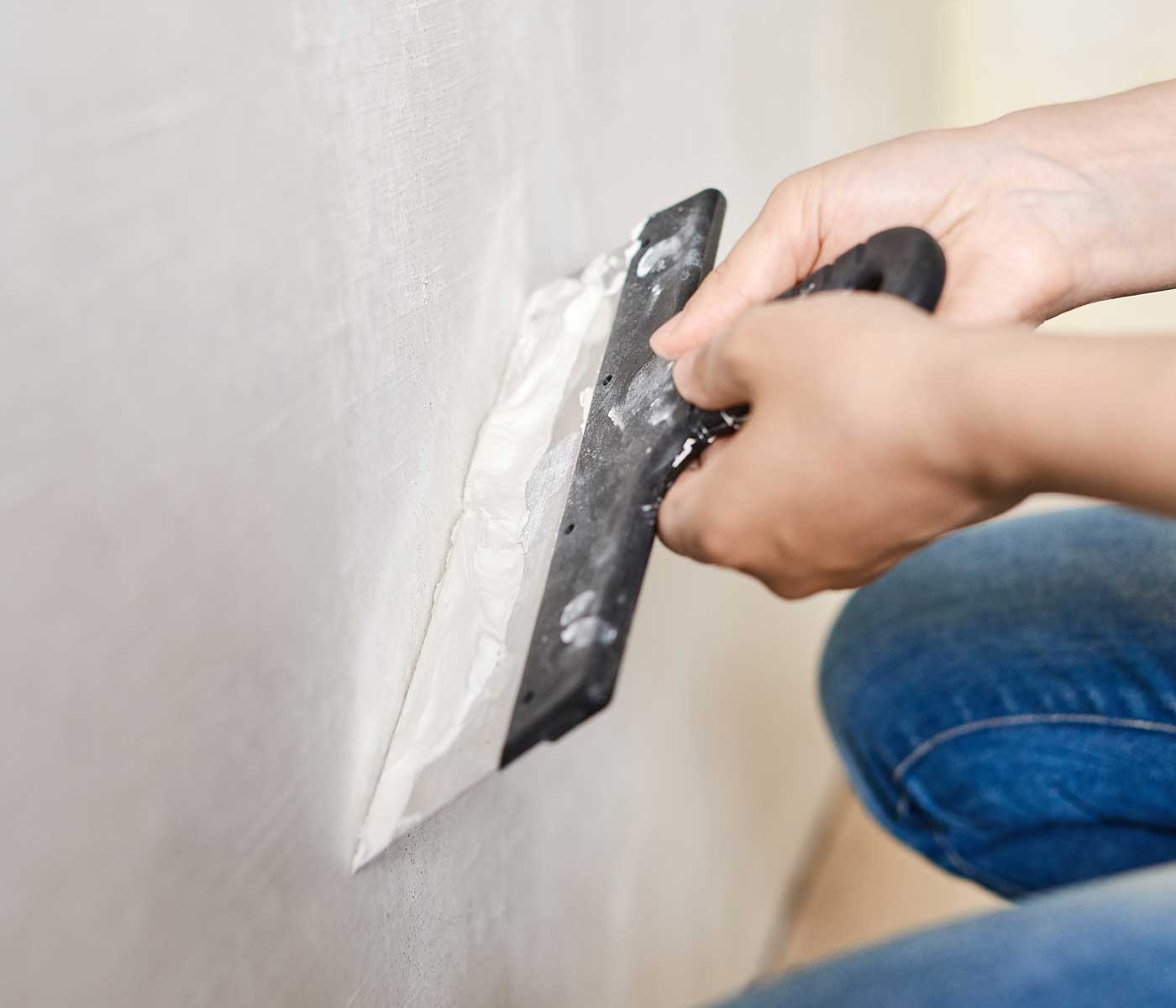
Nail holes, chips, cracks and wall irregularities should be filled with vinyl spackling compound before primer is applied. Use a broad knife to apply spackle right from the can. Force the compound well into the hole and smooth the surface. When the compound dries, sand, smooth and seal the wall with a primer.
How to Wash Walls
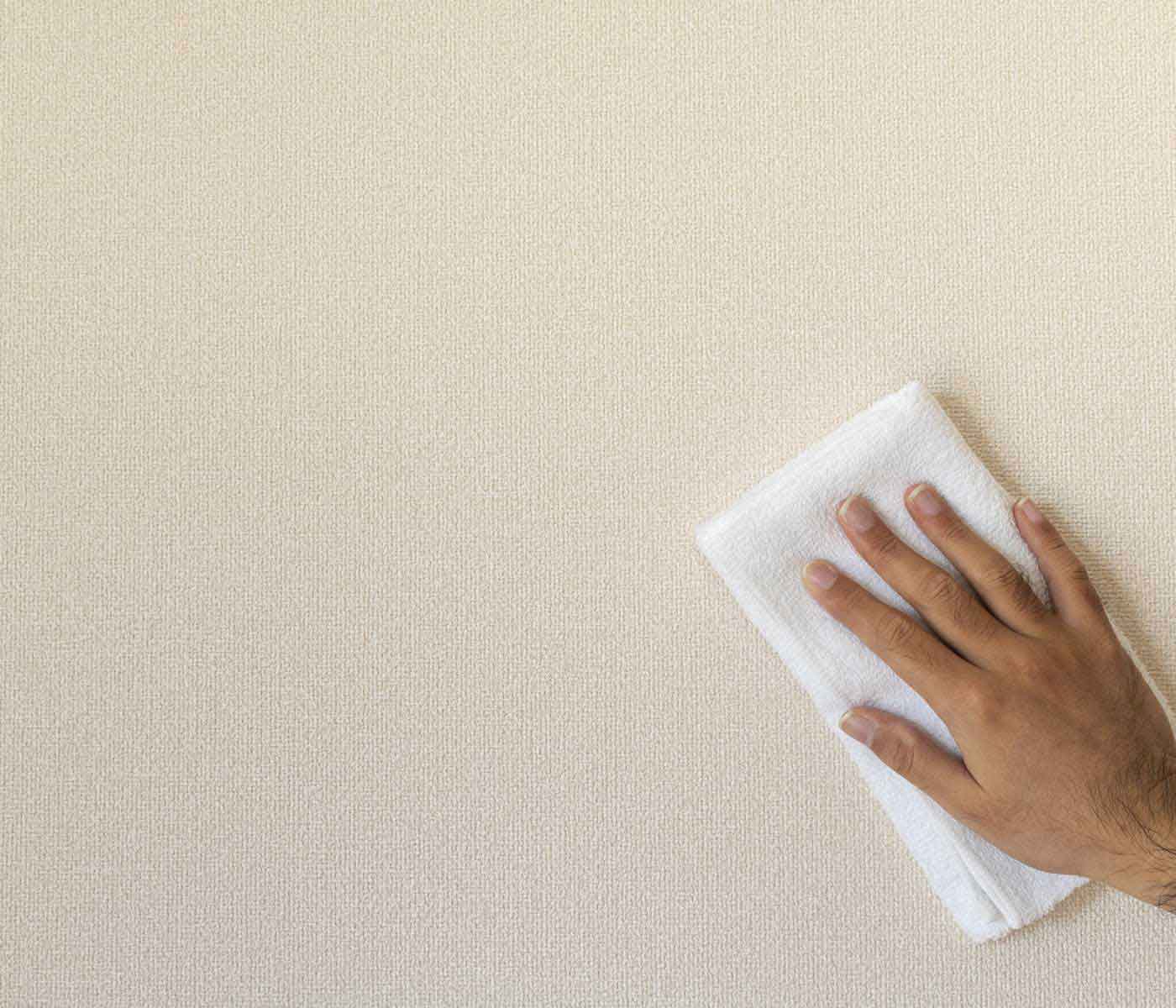
Surfaces coated with flat (non-gloss) paint should be scraped (if old and flaking), sanded smooth and washed with an all-purpose cleaner. When dry, apply acrylic primer and hang wallcovering.
Walls covered with high- or semi-gloss paint should be sealed with an acrylic primer. In a room where mildew occurs, wash the wall with a mixture of bleach and water. Rinse, let dry and apply primer.
Cleaning Mildew
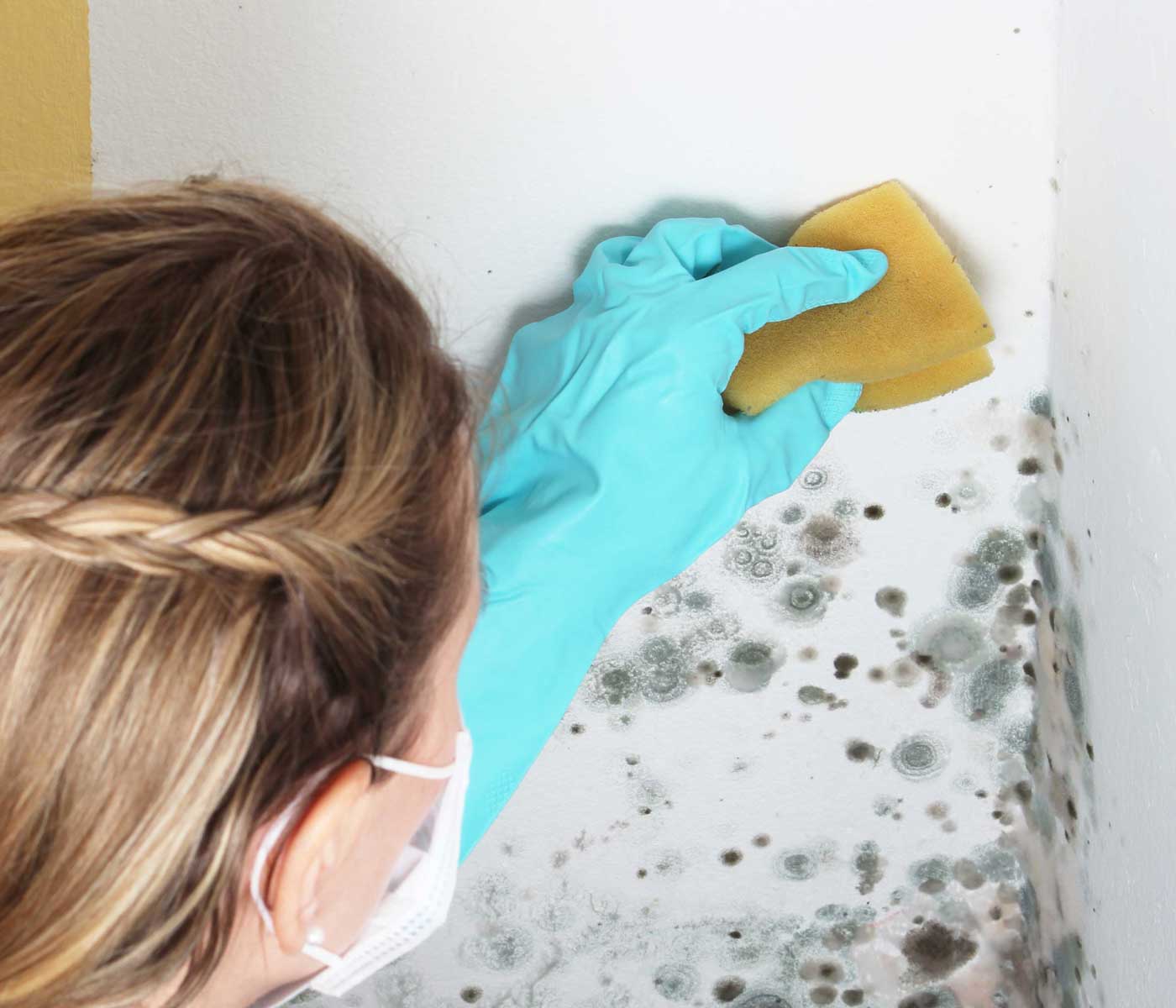
Mildew can show up on walls as a yellow, green, gray or black colored area. If this occurs, wash walls with a concentrated solution of one cup bleach and one gallon of hot water. Apply with a paint brush or sponge and let sit for one hour. Rinse with warm water, let dry and coat with alkyd primer/sealer. All Wallpapers To Go products are mildew-resistant and will keep the problem from reoccurring if all fungus is removed prior to hanging.
Use Wallpaper Liner For Uneven Walls
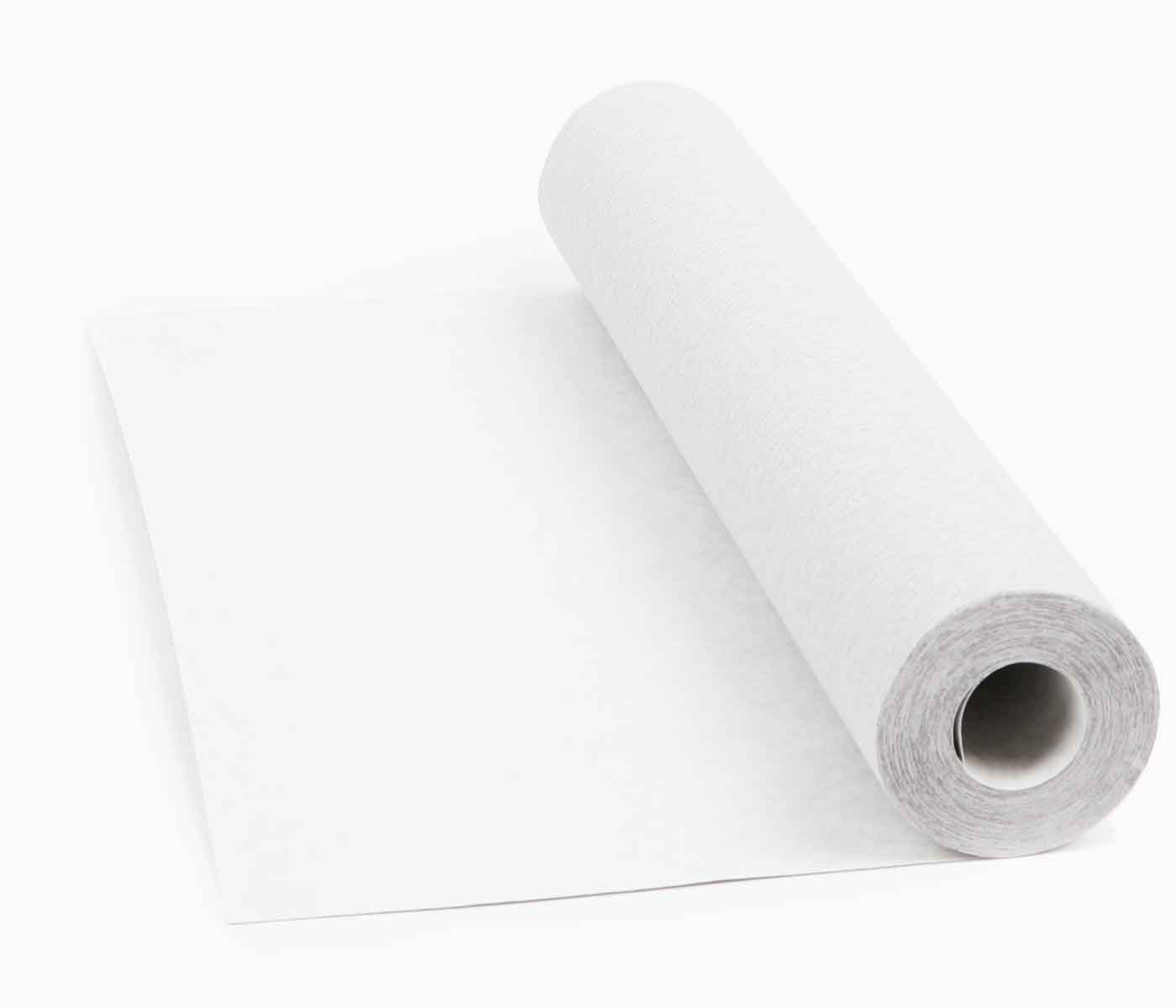
Wallpaper liner evens the surface of heavily-textured walls and bridges gaps and cracks on other problem walls. It is an easy, inexpensive way to provide an even, porous surface and increases adhesion by absorbing excess moisture. Allow paper to dry thoroughly (36 hours) before applying 2 coats of a white primer/sealer.
How to Strip Wallpaper
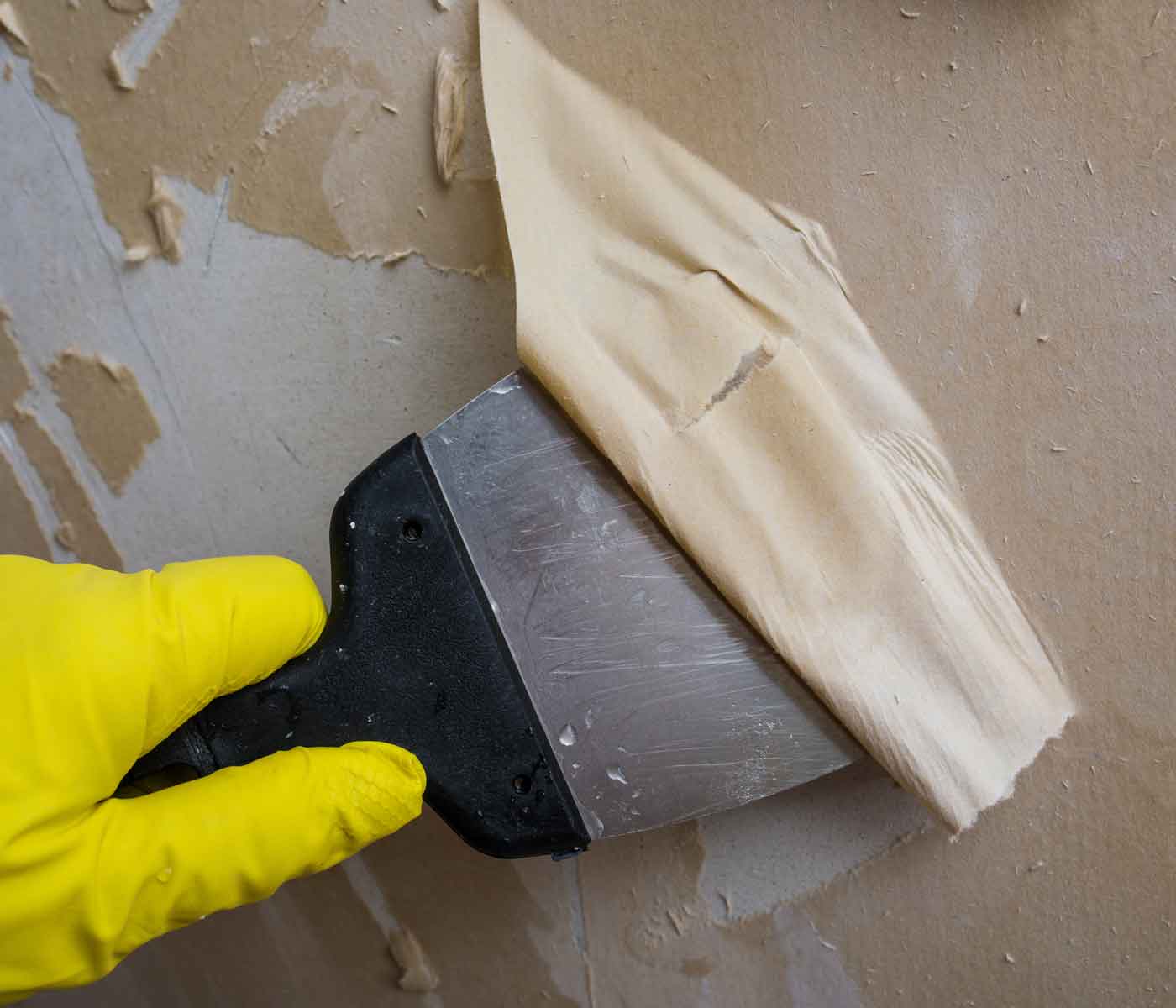
Most wallcoverings are strippable and easy to remove. However, if you're having difficulty, your wallpaper can be soaked with wallpaper remover using a large sponge, spray bottle or roller. If your paper is non-porous, score the wallcovering with a "paper tiger." After stripping paper, wash walls with a cleaner and apply primer.
If you prefer to paper over an existing wallcovering, make sure it is firmly attached to the wall and is as smooth as possible. Cut an "X" in any bubbles and tear the loose pieces away, feathering the edges. Sand seams and glue down any curling corners with seam adhesive. Finally, seal the existing wall with white acrylic primer.
New Construction
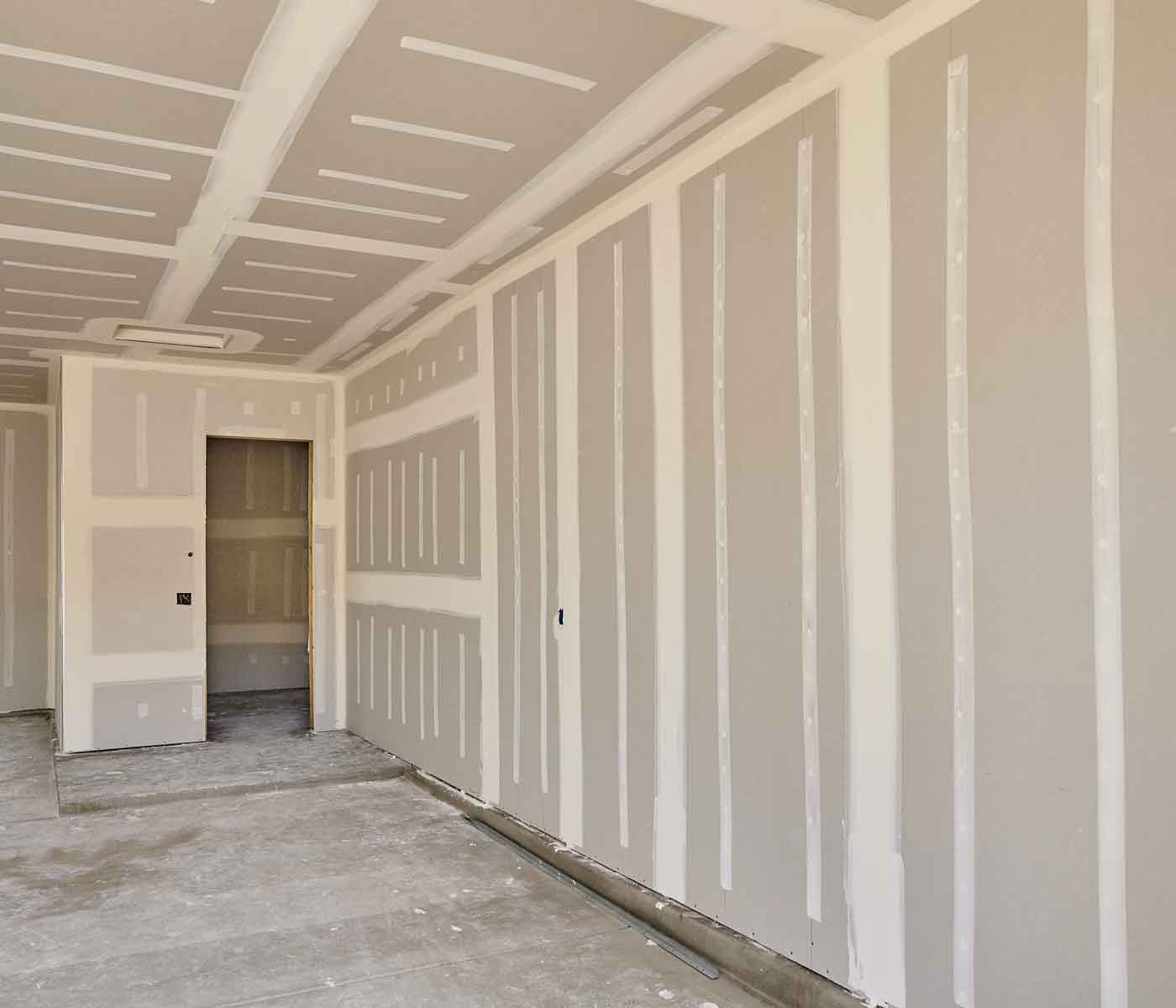
For new drywall, gypsum wallboard or other porous surfaces that have never been sealed or painted, apply two coats of alkyd primer. This assures that the paper will be strippable. When the alkyd primer is dry, apply one coat of clear acrylic primer and let dry (2 hours) before hanging wallpaper.
Wood Paneled Walls
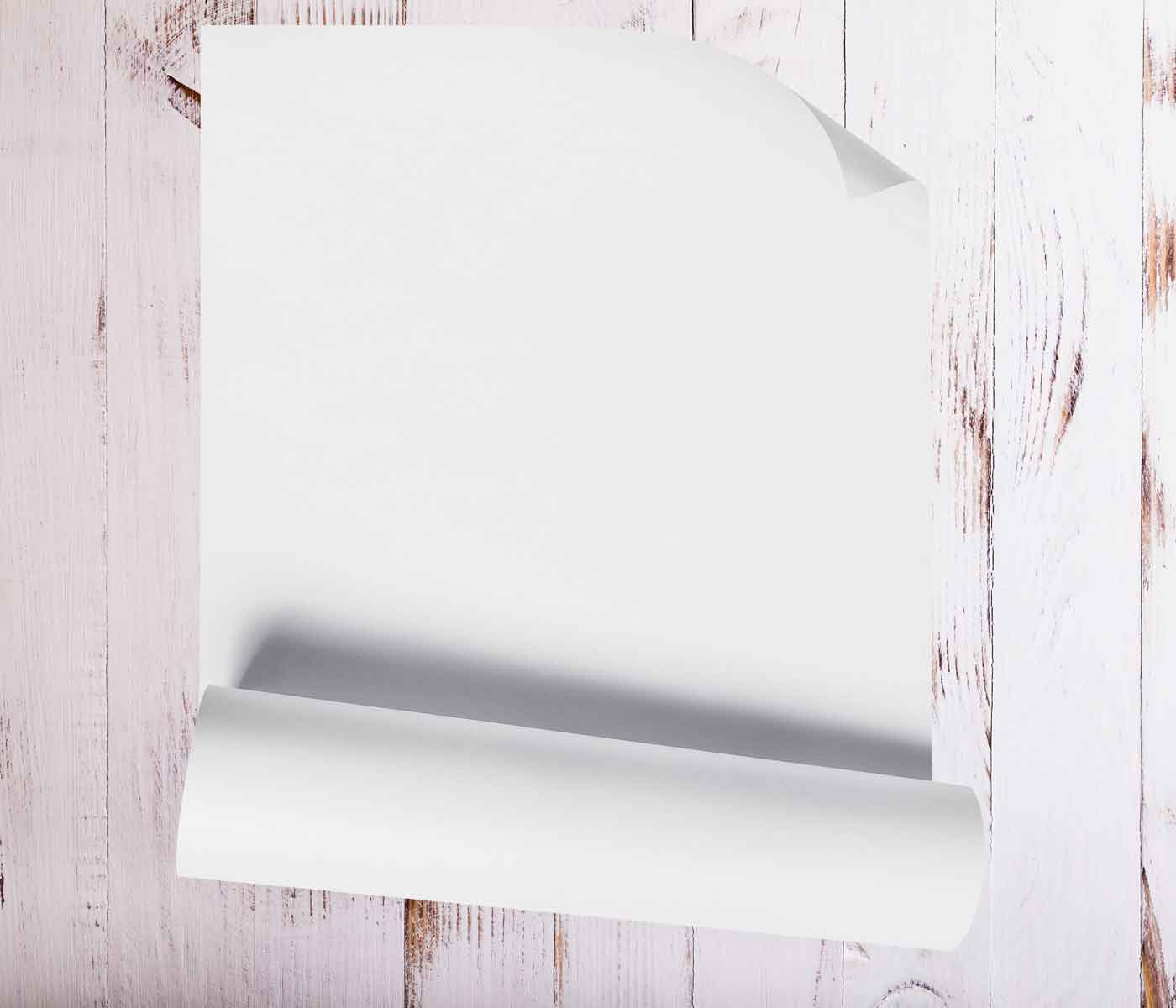
Wash thoroughly with a deglossing solution and water, then sand smooth. Fill vertical grooves of paneling with spackle and apply primer; or apply primer and hang heavy-duty lining paper. Seal with acrylic or alkyd primer, allow to cure, and hang wallcovering.
Misfit Walls
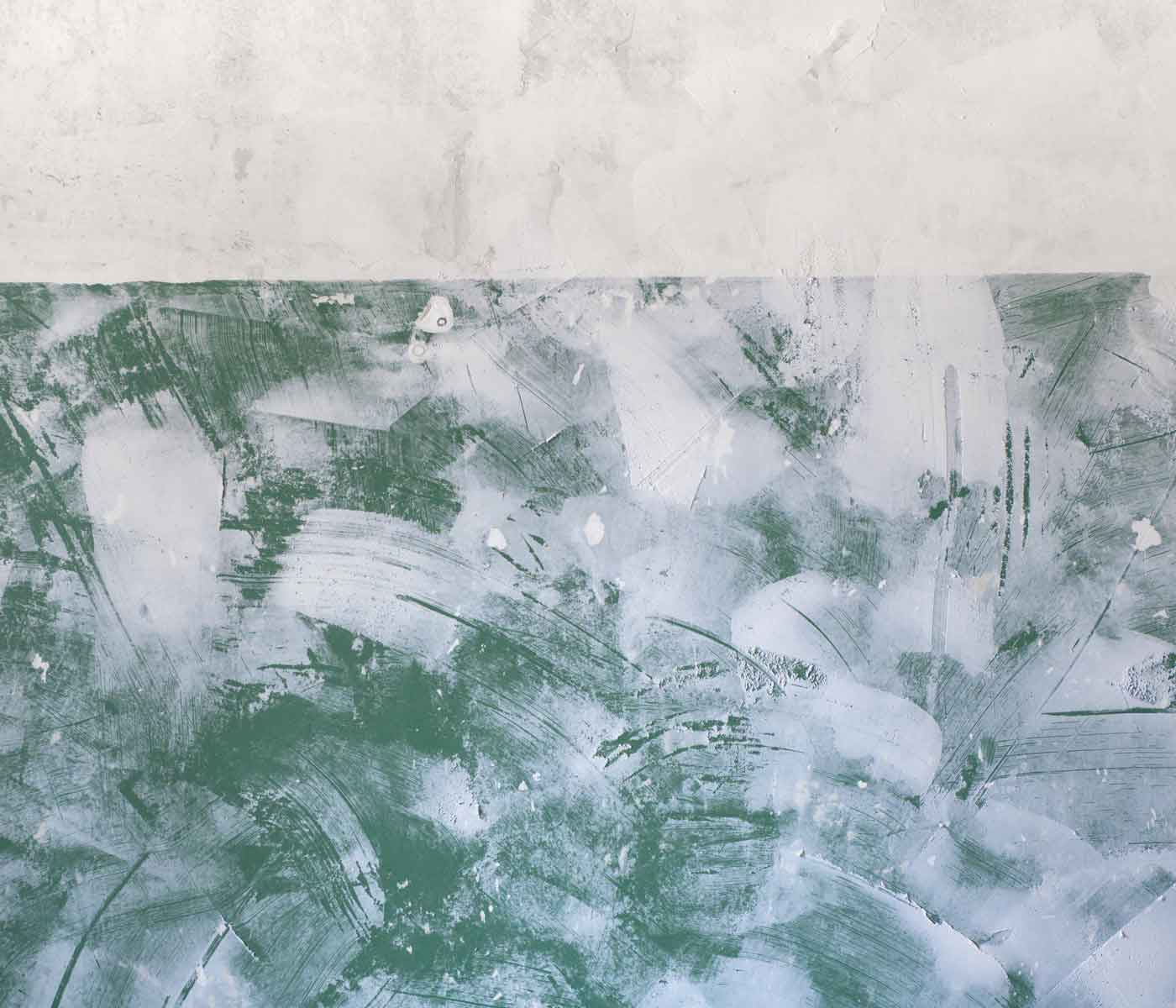
Even if your walls are covered in plastic paneling, vinyl, Formica, or glass, you can still apply wallcoverings! Just wash the surface with an all-purpose cleaner and apply a coat of acrylic wall primer.
How To Wallpaper Over Textured Walls
Textured walls might prevent the wallpaper adhesive for sticking like it should. With proper preparation, you can make even heavily-textured walls ready for wallpaper. Here are three simple methods for removing or concealing wall texture.
- Floating the Walls: Use a broad knife to trowel the joint compound over the rough walls in light, even coats. After the wall is at the preferred smoothness, allow to dry. Prime the newly smooth surface with 2 coats of primer/sealer.
- Sanding: If the texture is minimal and the new wallcovering is heavily-textured, this process is adequate and time-saving. After sanding, a primer/sealer is applied. This method is the least preferred, however, because of the labor and the dust that covers the entire house.
- Hang Lining Paper: Fill all holes and cracks with joint compound, chip off any high points with a broad knife, then lightly sand the wall surface in order to help even out the wall. Prime the wall and allow it to dry thoroughly. Using a heavy-duty adhesive, apply to lining paper. Sometimes it really helps to paste both the wall surface and the back of the lining paper since the lining paper is so porous and heavy. Once the lining paper has dried, apply a primer or sealer. Wallpapers To Go offers quality lining paper at low prices.
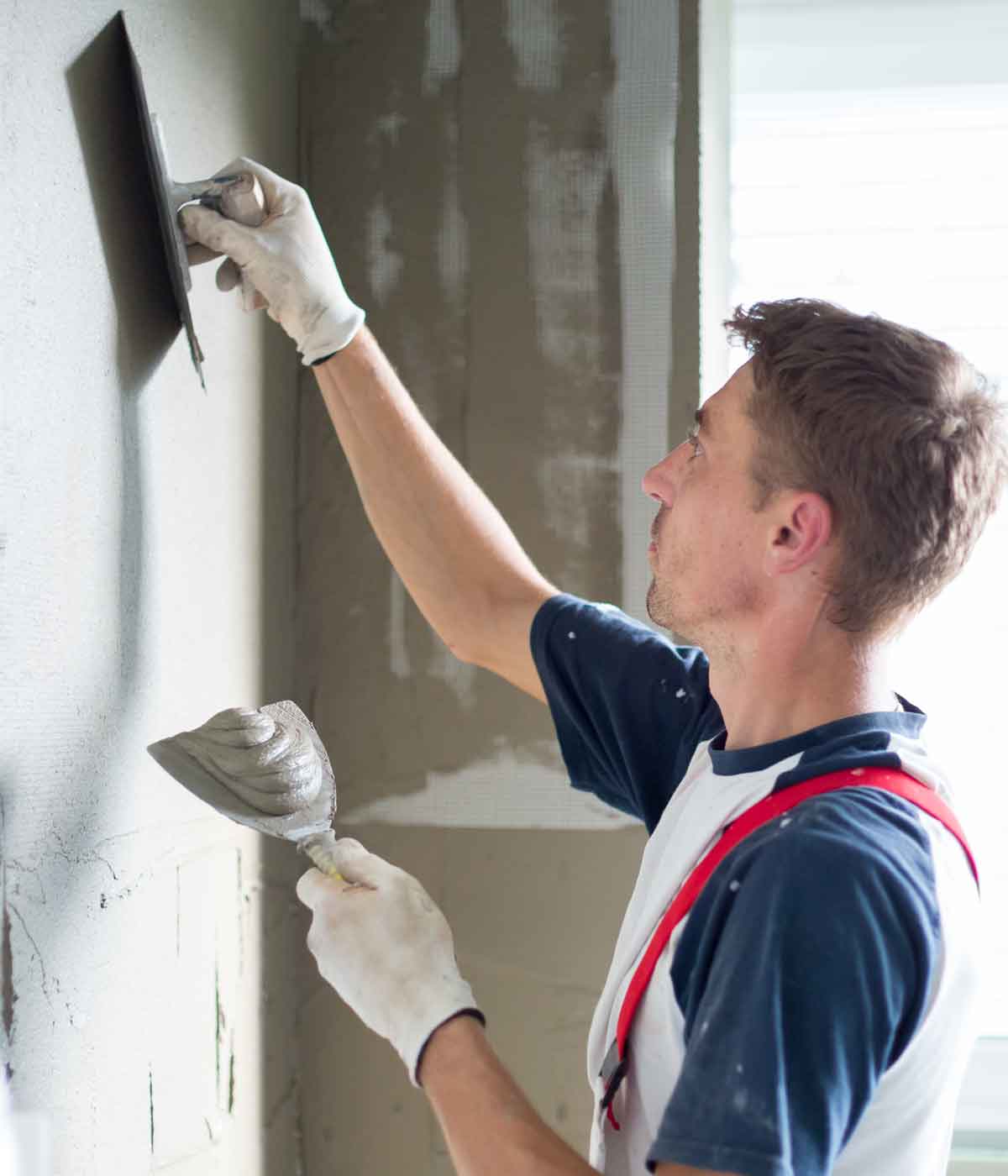
Glossary Of Terms For Wallpaper Preparation
- Deglossing Solution: A product, such as tri-sodium phosphate, used primarily for cleaning surfaces or deglossing shiny paint before refinishing or applying wallcoverings. Removes "dead" paint, grease, and old adhesive.
- Paper Tiger: A small tool that perforates the wallcovering surface with tiny holes to allow the wallpaper remover to penetrate the vinyl wallcovering.
- Primer/Sealer (alkyd or acrylic): Provides non-porous surface that seals new walls. Assures wallcoverings hung over it can be removed. Can also be used to seal over old paper. (Many products now include sealer and sizing in a one-step product that can save you time.)
- Spackling Compound: A compound used for filling nail holes, cracks, and paneling grooves in drywall, plaster or wood.
- Wallpaper Remover: Penetrates and dissolves old adhesive to allow old paper to be removed easily.
Got Your Walls Ready?
Learn How to Hang Wallcoverings!How To Choose The Right Type Of Wallpaper
How To Wallpaper
How To Hang Wallpaper



